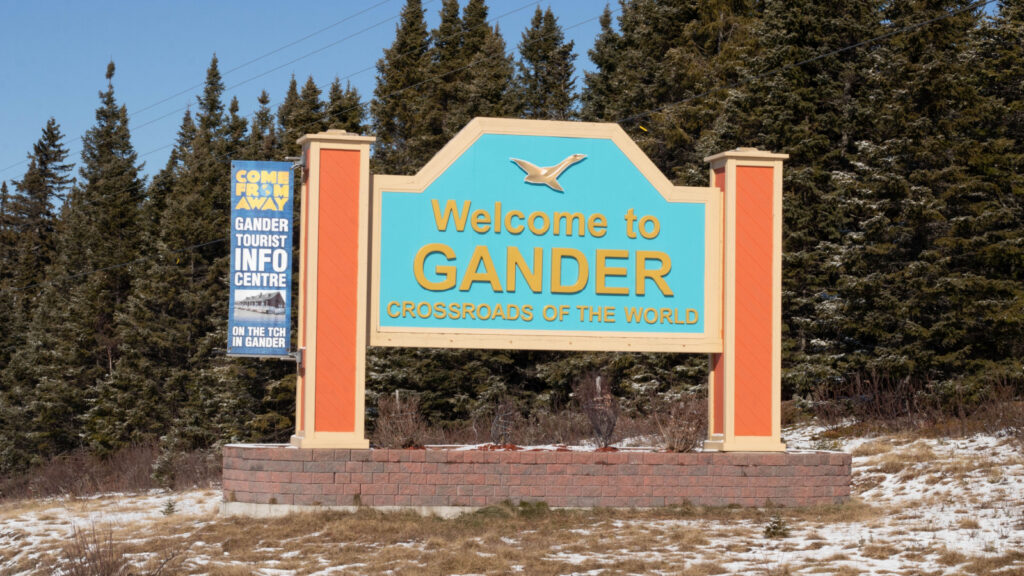Some of Canada’s boldest innovations, iconic exports, and cultural revolutions have come from towns most people can’t find on a map. From remote outposts that drive tech breakthroughs to fishing villages that influence global cuisine, these small communities punch far above their weight. Here are 25 Canadian small towns with significant global impact:
Revelstoke, British Columbia
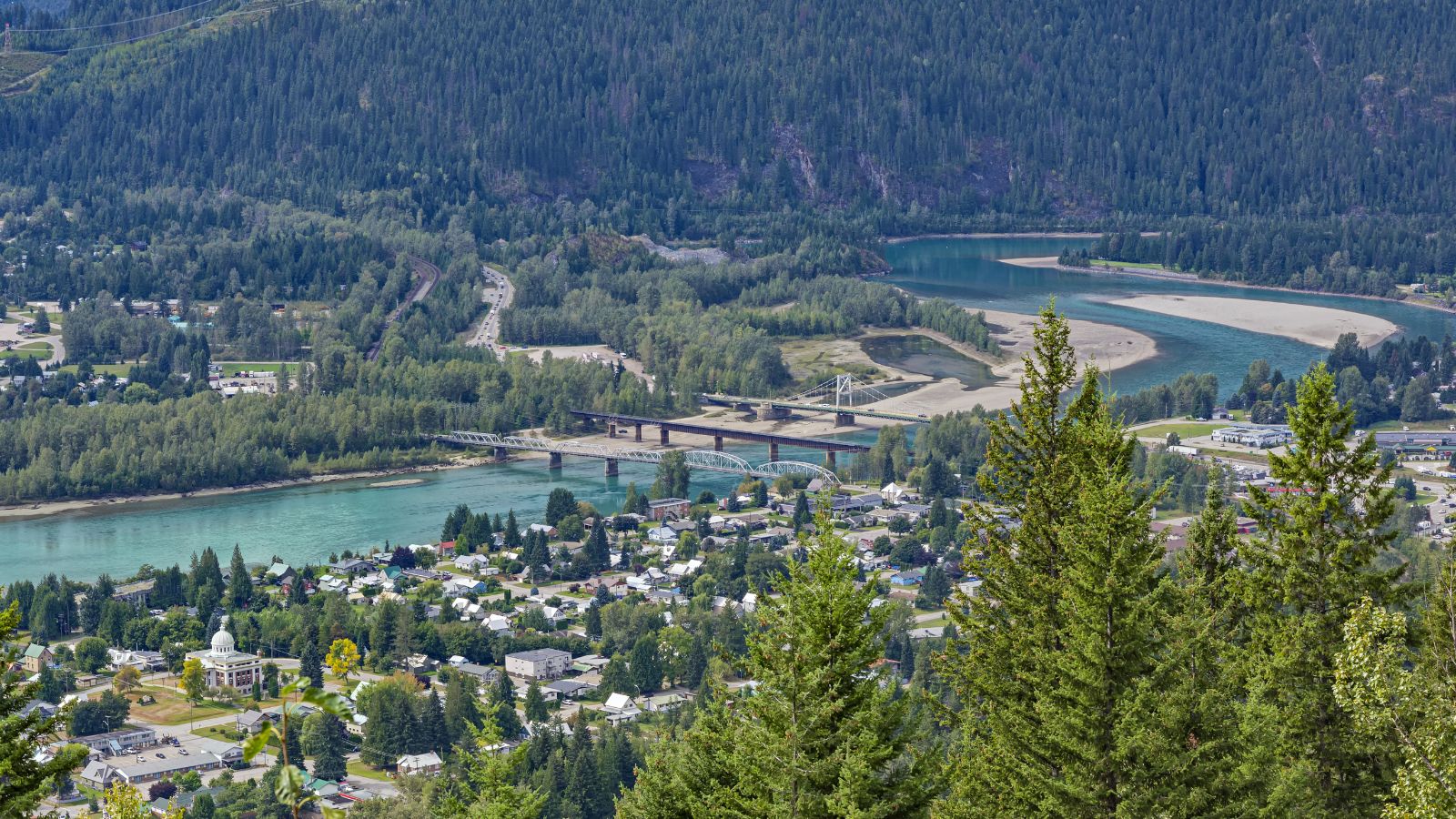
Nestled in the Selkirk Mountains, Revelstoke has earned a global following for extreme mountain sports and sustainable tourism. Its world-class heli-skiing and biking trails draw athletes and adventurers from across the planet, while its commitment to low-impact development has made it a model for eco-conscious alpine destinations. The town collaborates with international climate researchers and is part of a growing global dialogue around outdoor recreation and climate resilience.
Gander, Newfoundland and Labrador
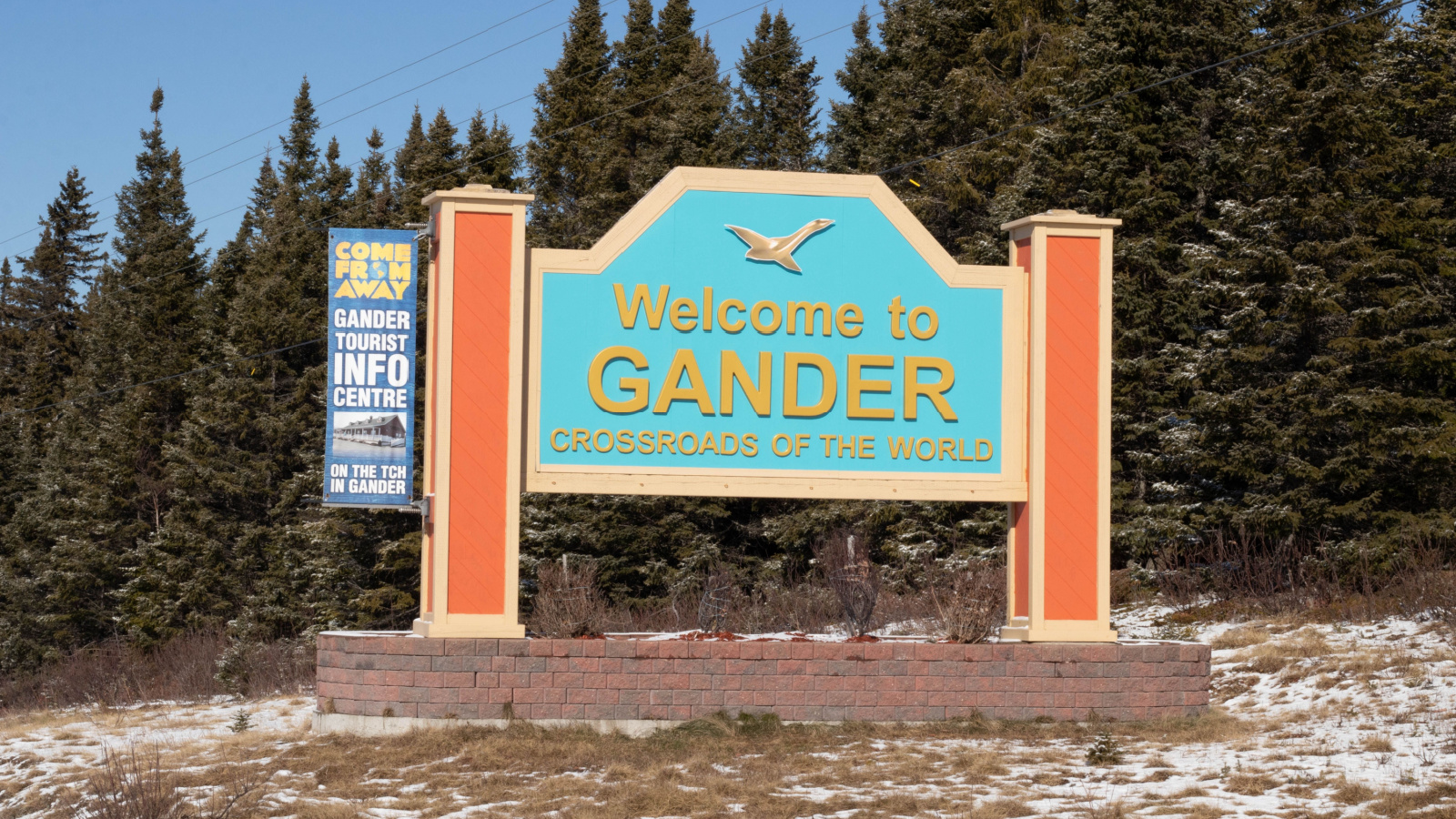
With a population of just over 11,000, Gander earned international respect during 9/11 when it welcomed nearly 7,000 stranded airline passengers. That single act of kindness inspired the Broadway hit “Come From Away” and cemented Gander’s legacy as a global symbol of compassion. But its impact goes deeper, as it was once a critical transatlantic aviation hub that played a key role in shaping early air travel routes. Its blend of historic importance and modern humanity proves that true global influence sometimes comes down to how a small town treats strangers.
Churchill, Manitoba
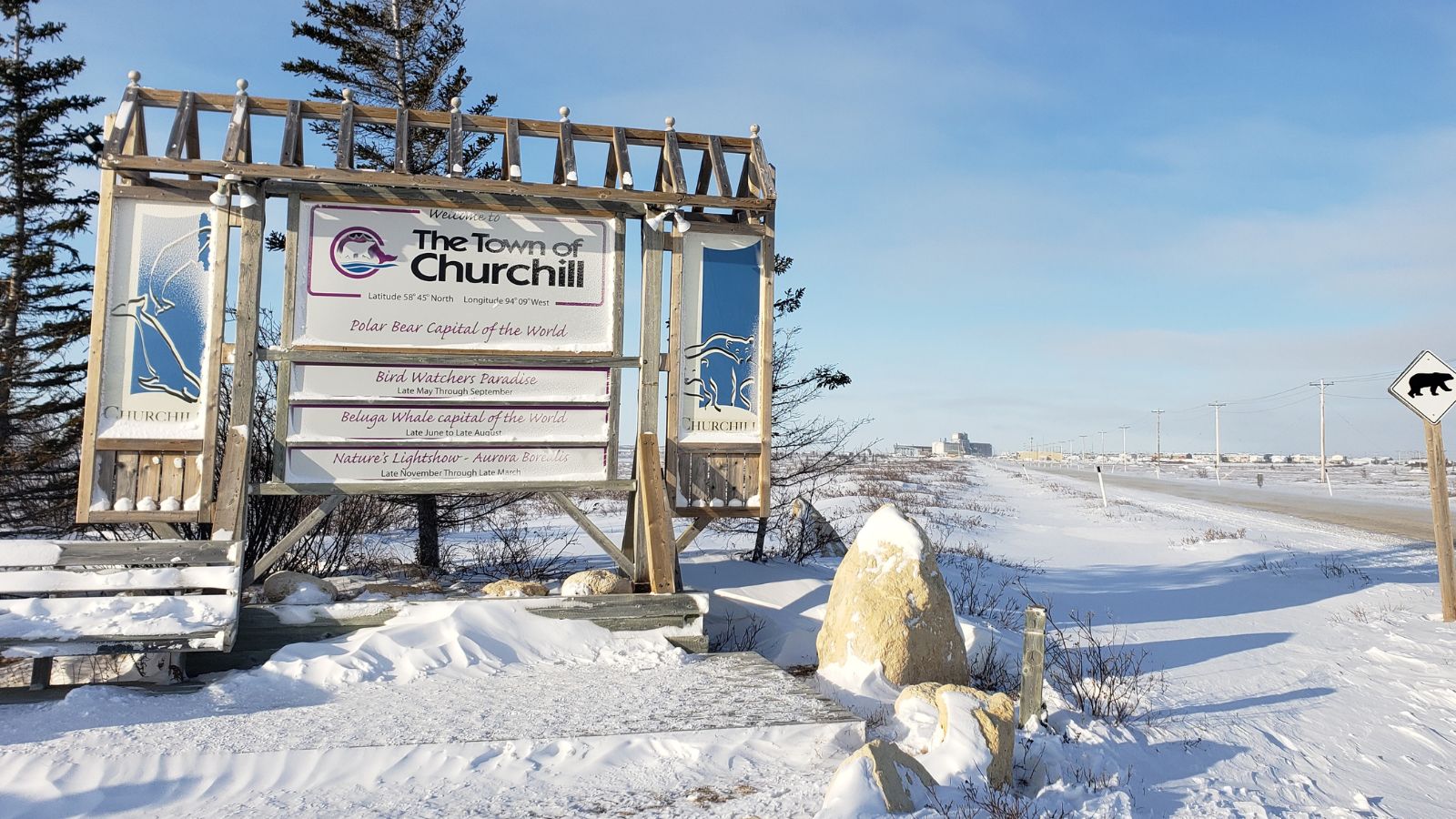
Often called the Polar Bear Capital of the World, Churchill’s influence on global climate research is massive. This subarctic town of less than 1,000 people draws scientists, documentarians, and eco-tourists from around the world. Churchill is a case study in how local ecosystems can help drive international awareness of environmental issues. The town is central to conversations about Indigenous land stewardship and sustainable Arctic development. With the Northern lights overhead and polar bears roaming the tundra, Churchill is shaping how the world understands climate, conservation, and cultural respect.
Tofino, British Columbia
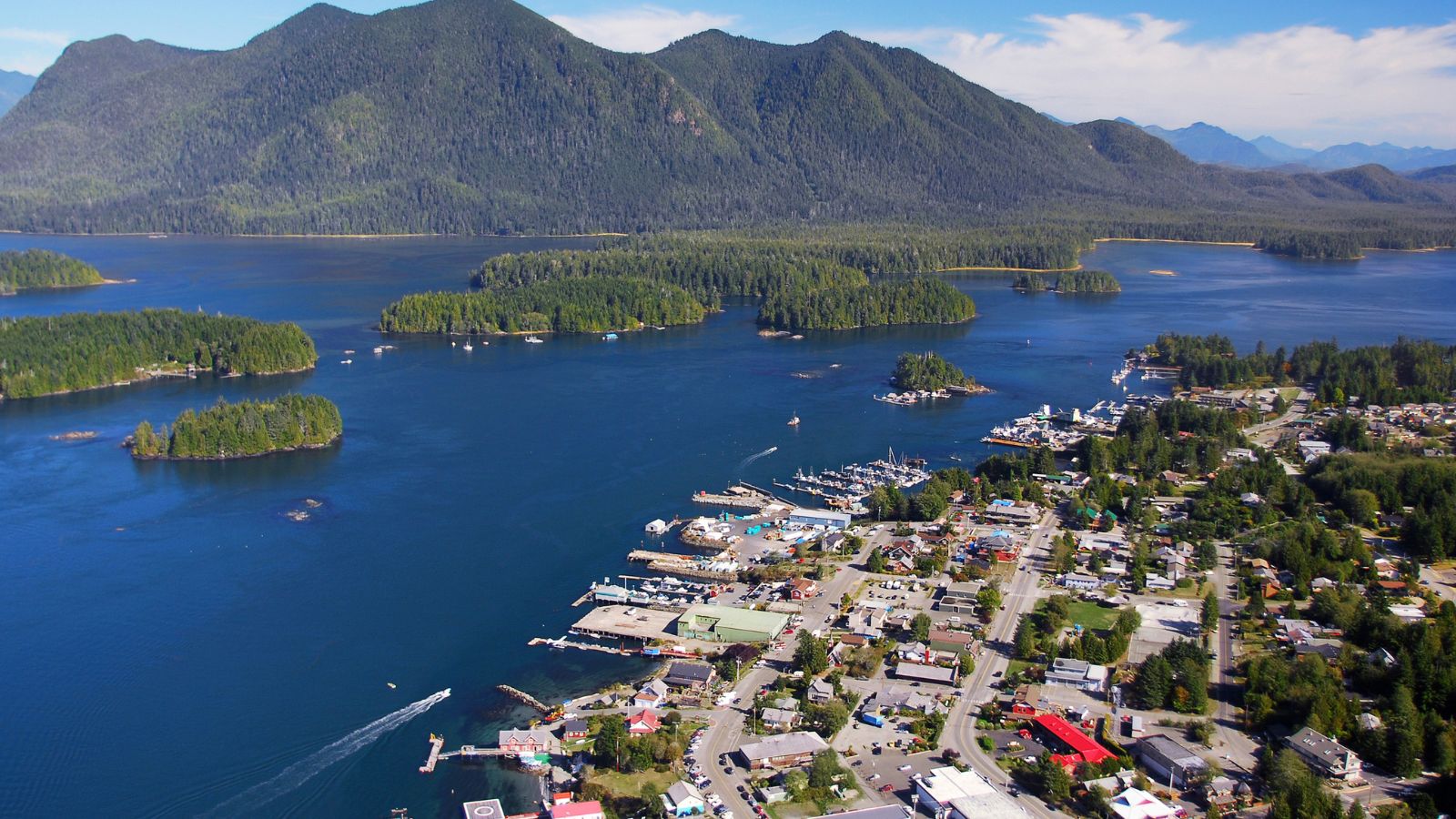
Tofino’s population hovers under 3,000, yet it welcomes international visitors drawn to its waves, rainforest hikes, and commitment to conservation. Its culinary scene, rooted in foraging and local seafood, has gained international acclaim, while Indigenous-led experiences are reframing how tourism intersects with culture. From the Clayoquot Sound protests of the 1990s to its present-day environmental activism, Tofino proves that a small town can have a global voice.
Banff, Alberta
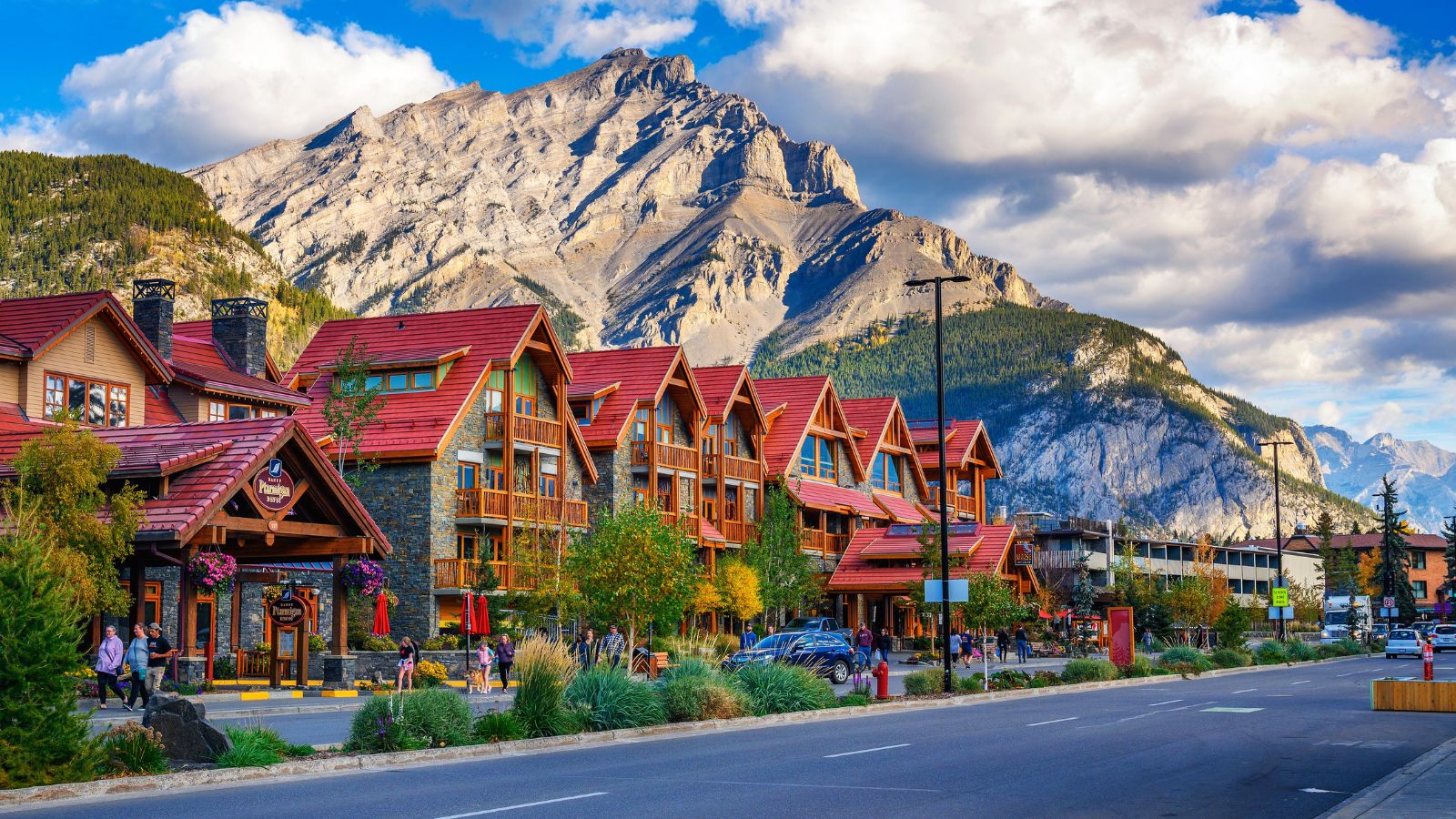
Though its name is globally synonymous with natural beauty, Banff’s influence runs deeper than tourism. As the heart of Canada’s first national park, Banff helped shape global models for conservation and sustainable tourism. It is home to the Banff Centre for Arts and Creativity, where artists from around the world gather to create, collaborate, and innovate. The town’s leadership in protected-area management, climate science, and Indigenous land partnerships continues to influence park systems from Chile to China.
Mahone Bay, Nova Scotia

Mahone Bay’s iconic triple churches and historic harbor attract visitors for their postcard-perfect charm, but this South Shore town is gaining attention for how it is navigating sea-level rise. As one of the few small towns implementing aggressive coastal adaptation plans, Mahone Bay has partnered with scientists, engineers, and other municipalities internationally to create scalable, community-led climate solutions. Its work is becoming a reference point for coastal towns worldwide facing similar threats.
Lunenburg, Nova Scotia
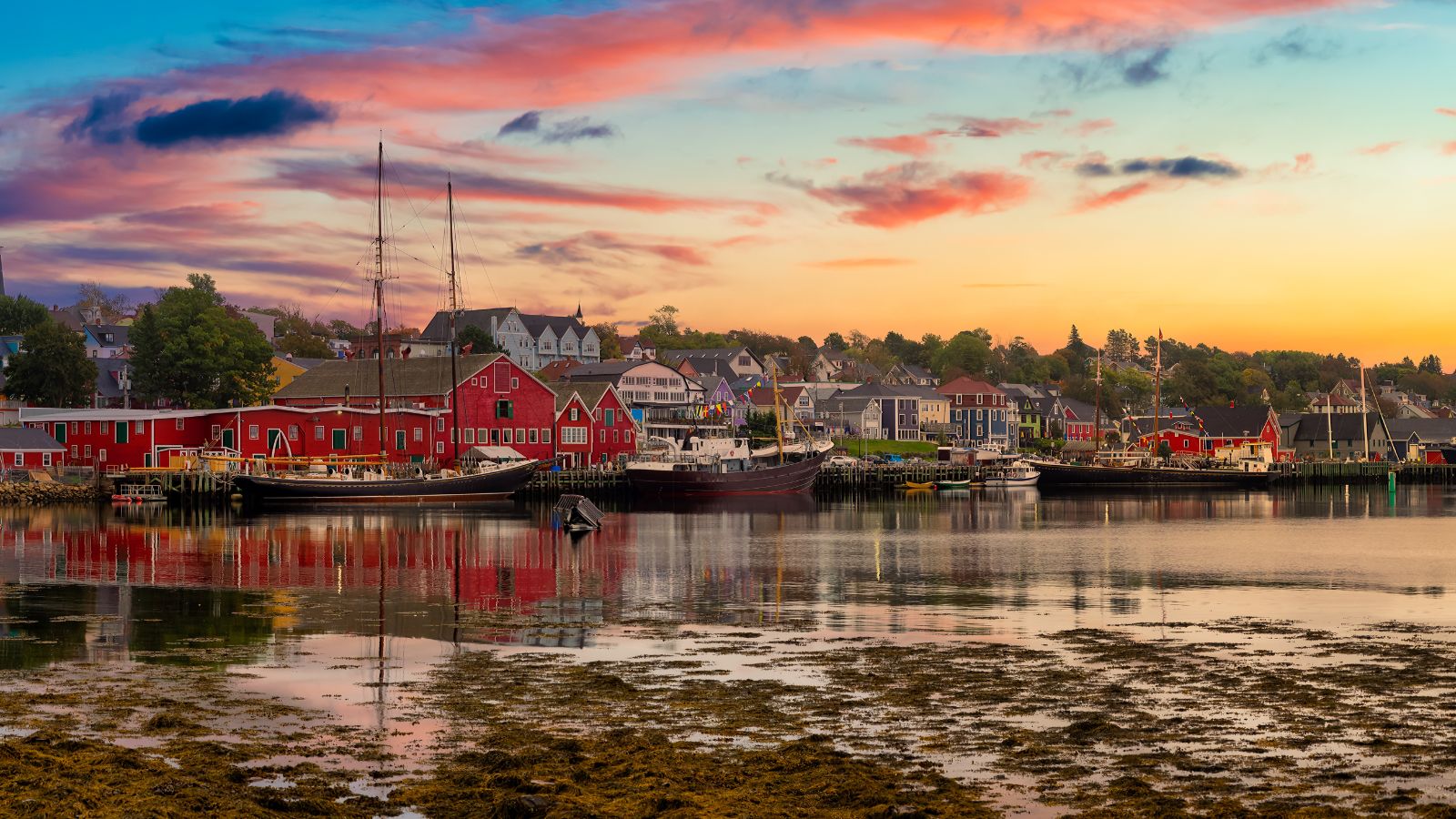
A UNESCO World Heritage Site with just over 2,000 people, Lunenburg has helped preserve centuries of maritime heritage while building a global reputation for craftsmanship and shipbuilding. It is the birthplace of the iconic Bluenose schooner, still featured on the Canadian dime and admired internationally. The town continues to influence global marine architecture through the restoration of traditional vessels and naval innovations. Its striking waterfront and colorful architecture have also made it a cultural ambassador, drawing international filmmakers, artists, and heritage enthusiasts.
Inuvik, Northwest Territories
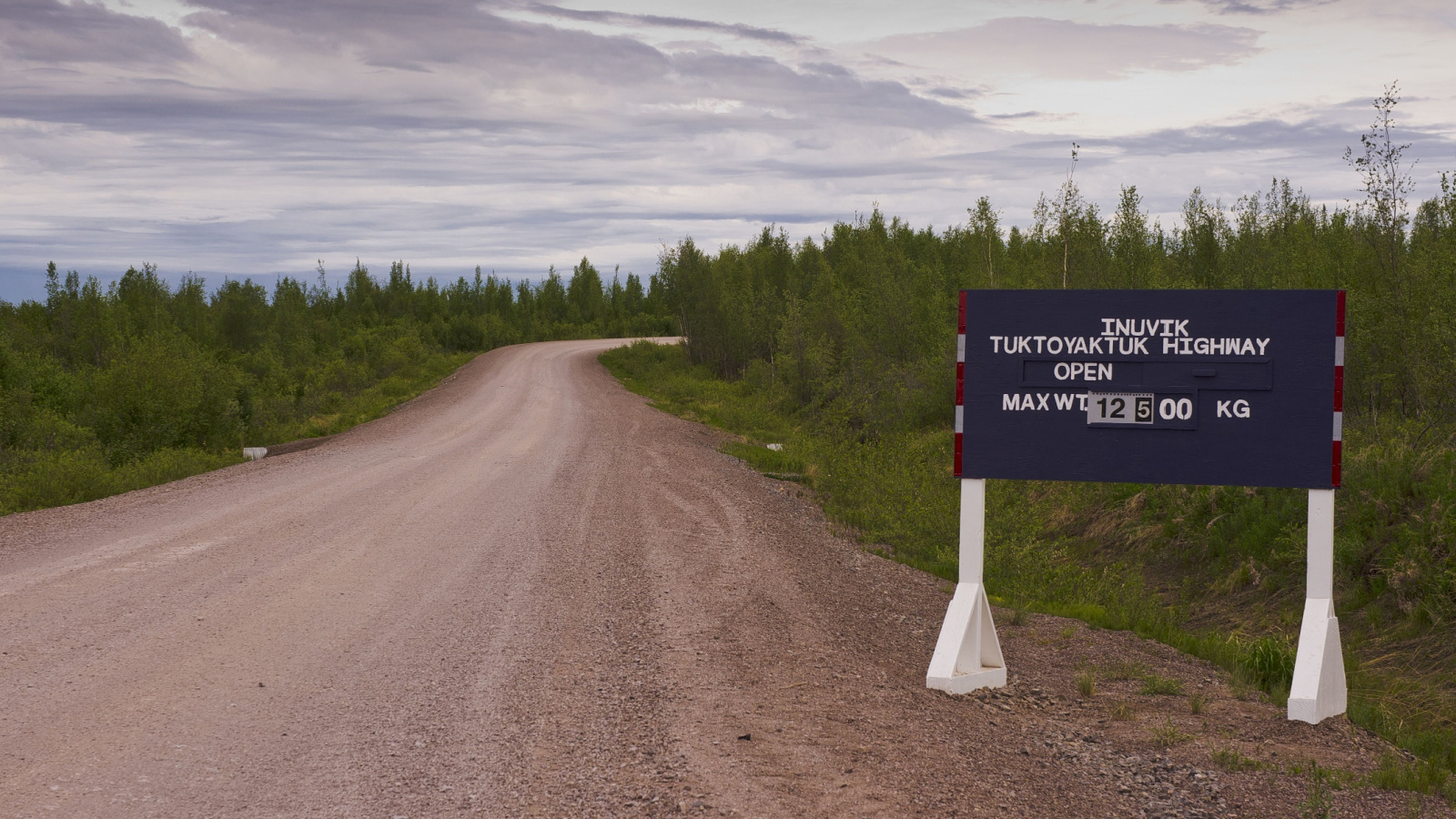
Located above the Arctic Circle with a population under 4,000, Inuvik plays a crucial role in climate science, satellite tracking, and Arctic innovation. Home to the Inuvik Satellite Station Facility, it provides data critical to everything from weather forecasting to environmental monitoring worldwide. It is also a hub for Indigenous cultural resilience, with annual festivals and educational initiatives drawing international interest. Inuvik is helping the world understand northern living in an era of global climate uncertainty, offering lessons in adaptability, sustainability, and sovereignty.
Dawson City, Yukon
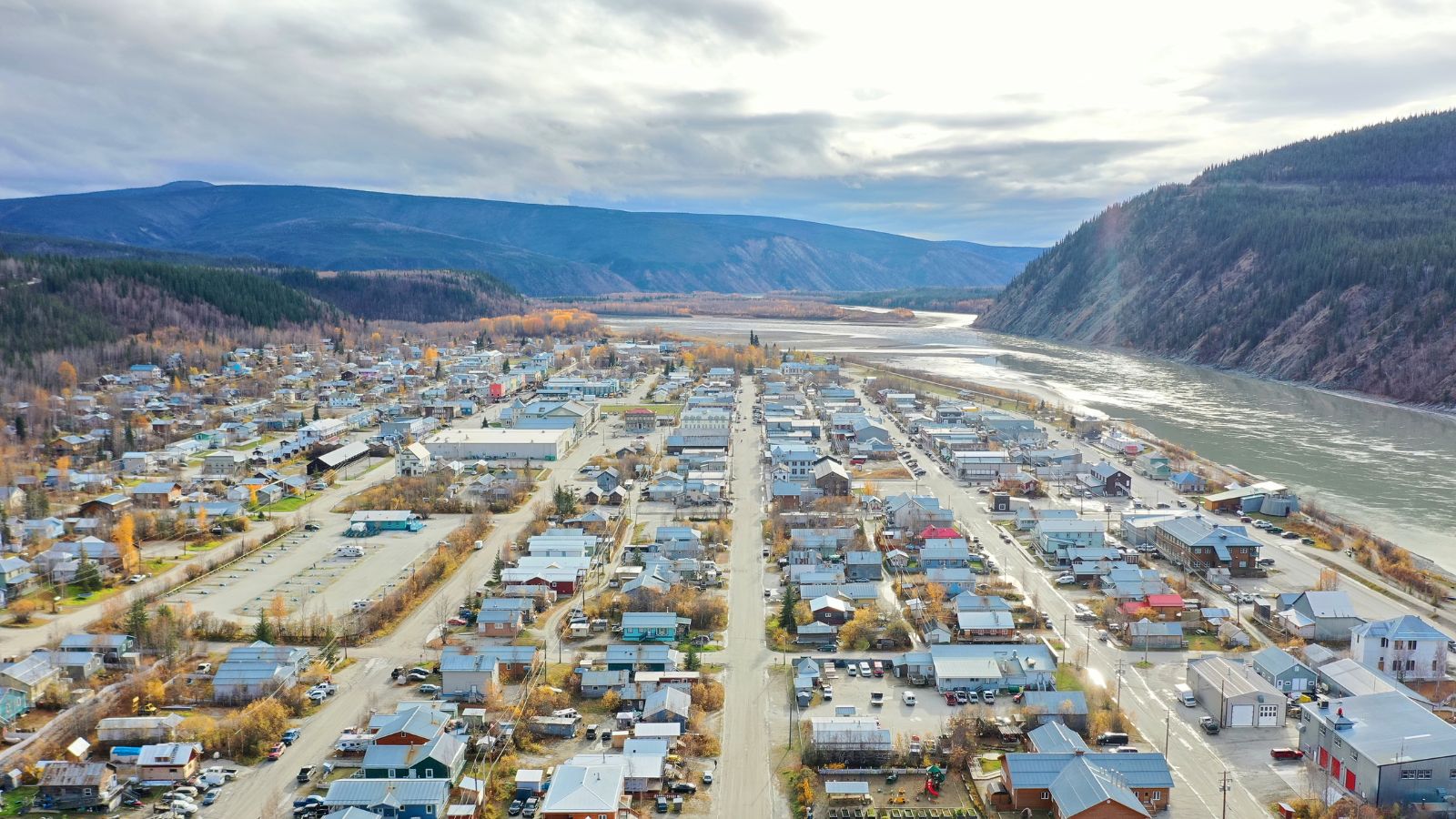
A Gold Rush relic with global reach, Dawson City has parlayed its storied past into a beacon for artists, historians, and adventurers worldwide. With under 2,000 residents, it hosts the renowned Yukon School of Visual Arts, the wild and weird Dawson City International Short Film Festival, and historic preservation efforts that attract academics from around the globe. The town’s quirky charm and Klondike legacy also draw thousands of tourists annually. It offers a thriving community that inspires global curiosity about art, history, and survival in the North.
Cowansville, Quebec
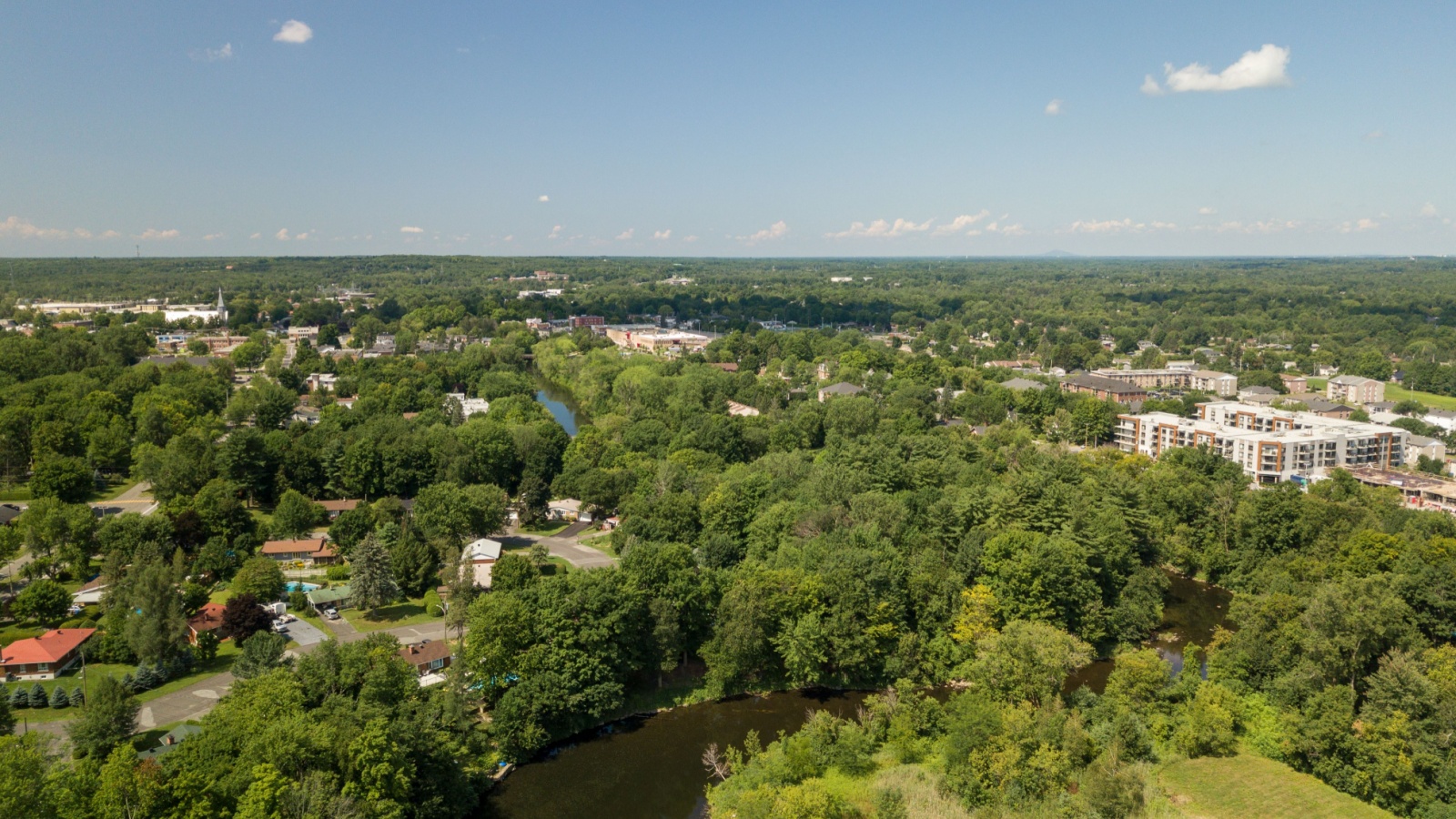
This quiet Eastern Townships community may not be a household name, but Cowansville is quietly helping revolutionize green building practices. Home to sustainable architecture projects and advanced eco-housing prototypes, it has been part of international experiments in passive solar design and carbon-neutral development. The town’s location near Montreal makes it a convenient testing ground for researchers, architects, and environmental engineers looking to scale their work globally. Cowansville proves that climate-forward innovation can happen anywhere.
Elora, Ontario
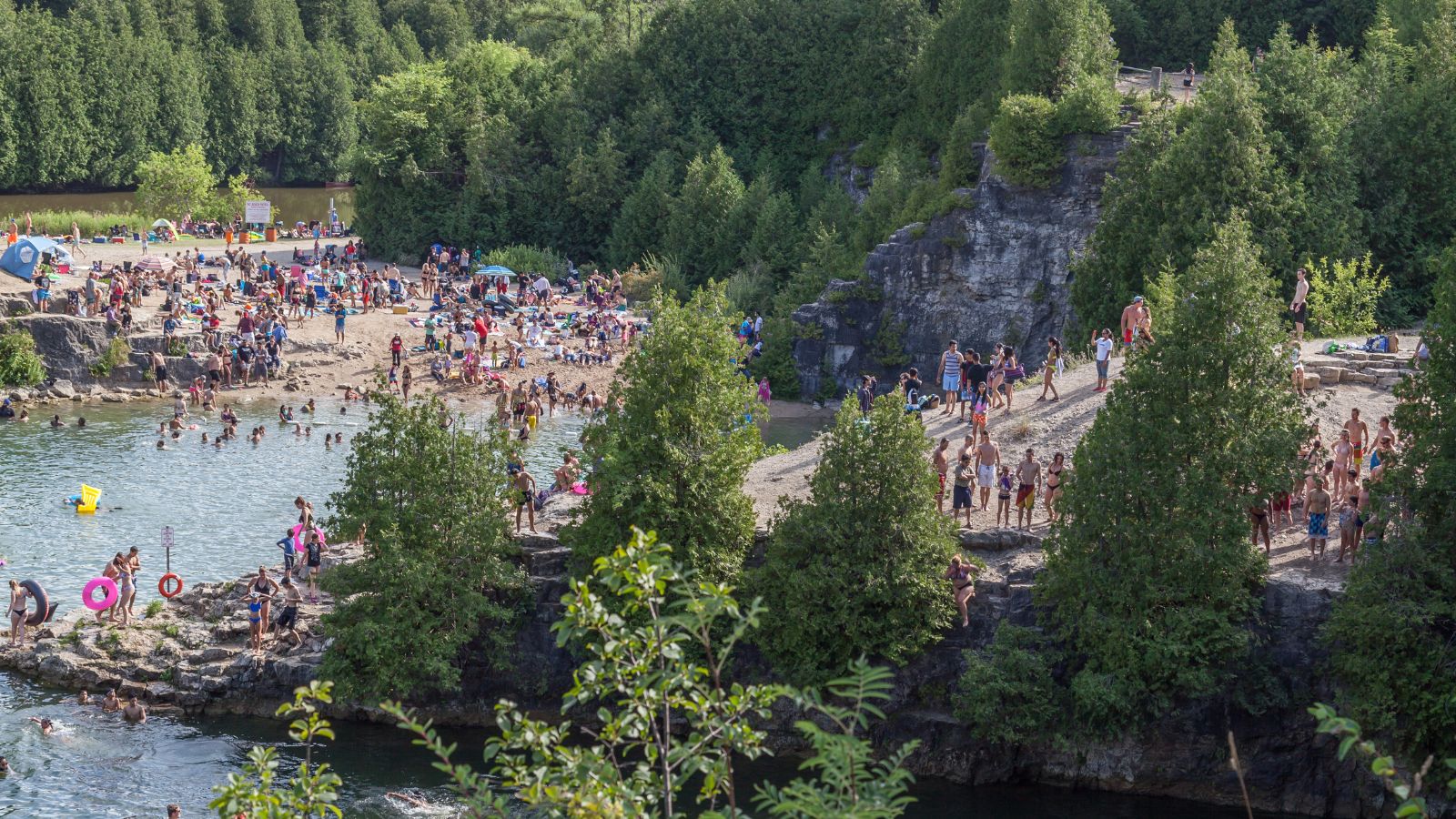
Known for its dramatic gorge and thriving arts scene, Elora has become an unexpected leader in cultural tourism and creative placemaking. With fewer than 10,000 residents, it draws global visitors for its Elora Festival, one of Canada’s premier classical music events, and its thriving artist co-operatives. It is also home to the Elora Centre for the Arts, which offers residencies and exhibitions that connect international creatives with local culture. By embracing creativity as a cornerstone of community development, Elora has become a model for how small towns can leverage the arts to generate economic and global cultural relevance.
Old Crow, Yukon
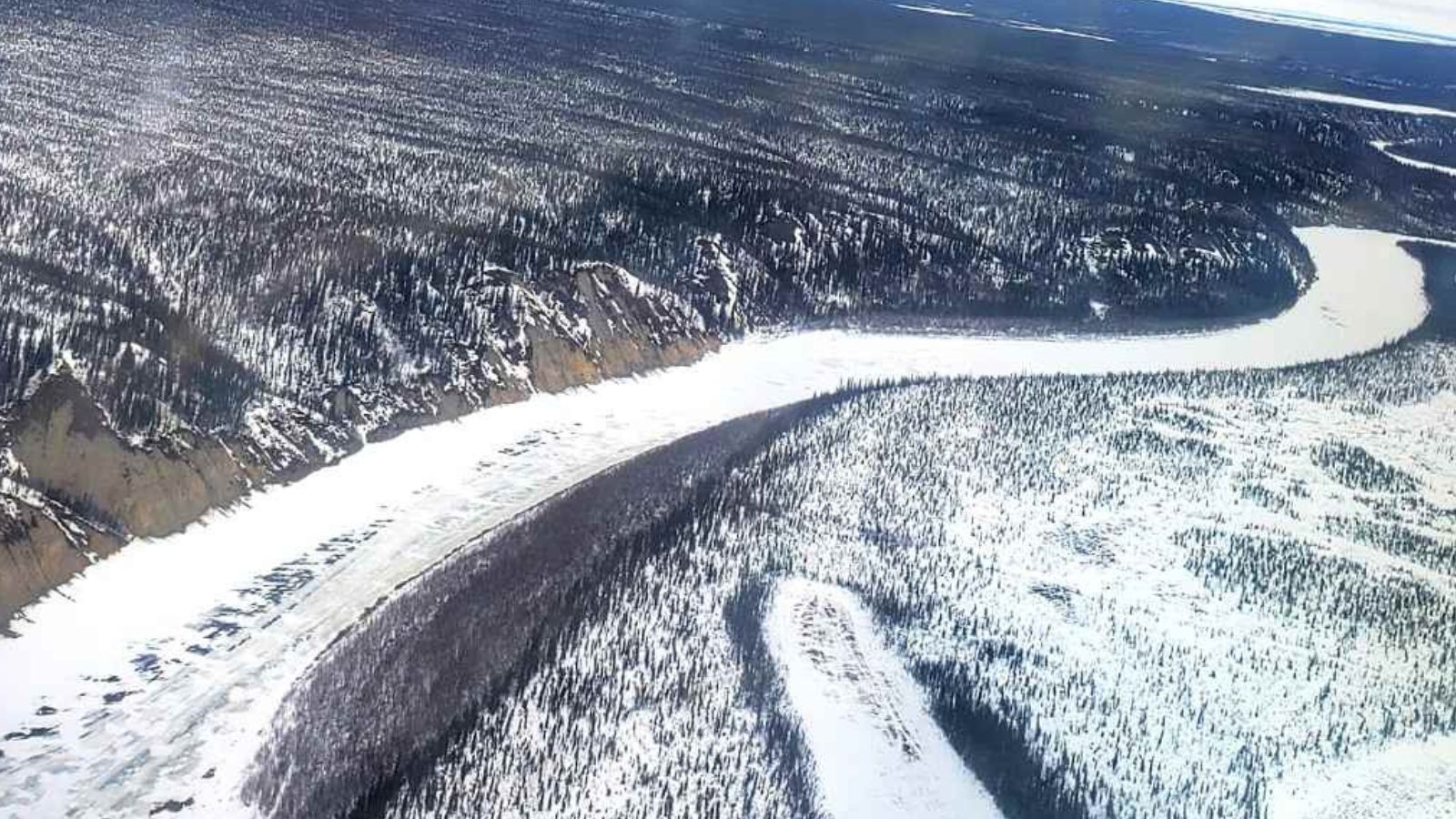
Accessible only by air, Old Crow is a remote Gwich’in community making waves in international environmental policy. The town has been a leading voice in protecting the Arctic National Wildlife Refuge, playing a key role in transboundary Indigenous-led conservation. Local leaders like Chief Dana Tizya-Tramm are now globally recognized for advancing Indigenous sovereignty and climate justice. Despite its isolation, Old Crow regularly participates in international forums and partnerships, offering a model for ethical land stewardship and reconciliation.
Meaford, Ontario
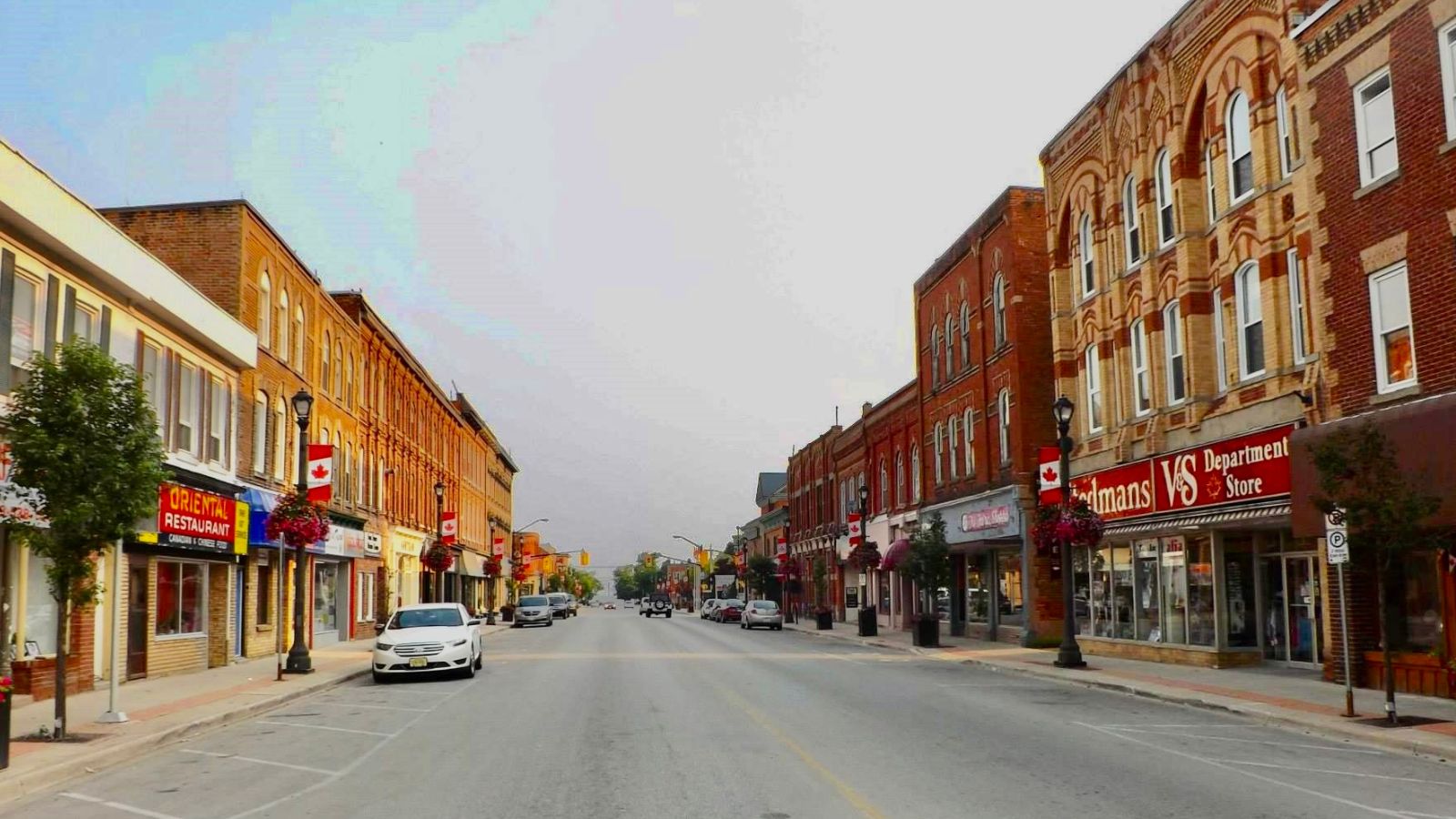
Located on the shores of Georgian Bay, Meaford is proving that small towns can shape global food systems. It is home to innovative agritech companies and regenerative farming pioneers whose techniques are now studied in Europe and South America. Meaford’s eco-conscious orchards and grain producers are advancing soil health practices and carbon sequestration methods adopted by farming co-ops abroad. Meanwhile, its annual Apple Harvest Craft Show attracts foodies and producers from around the globe.
Nelson, British Columbia
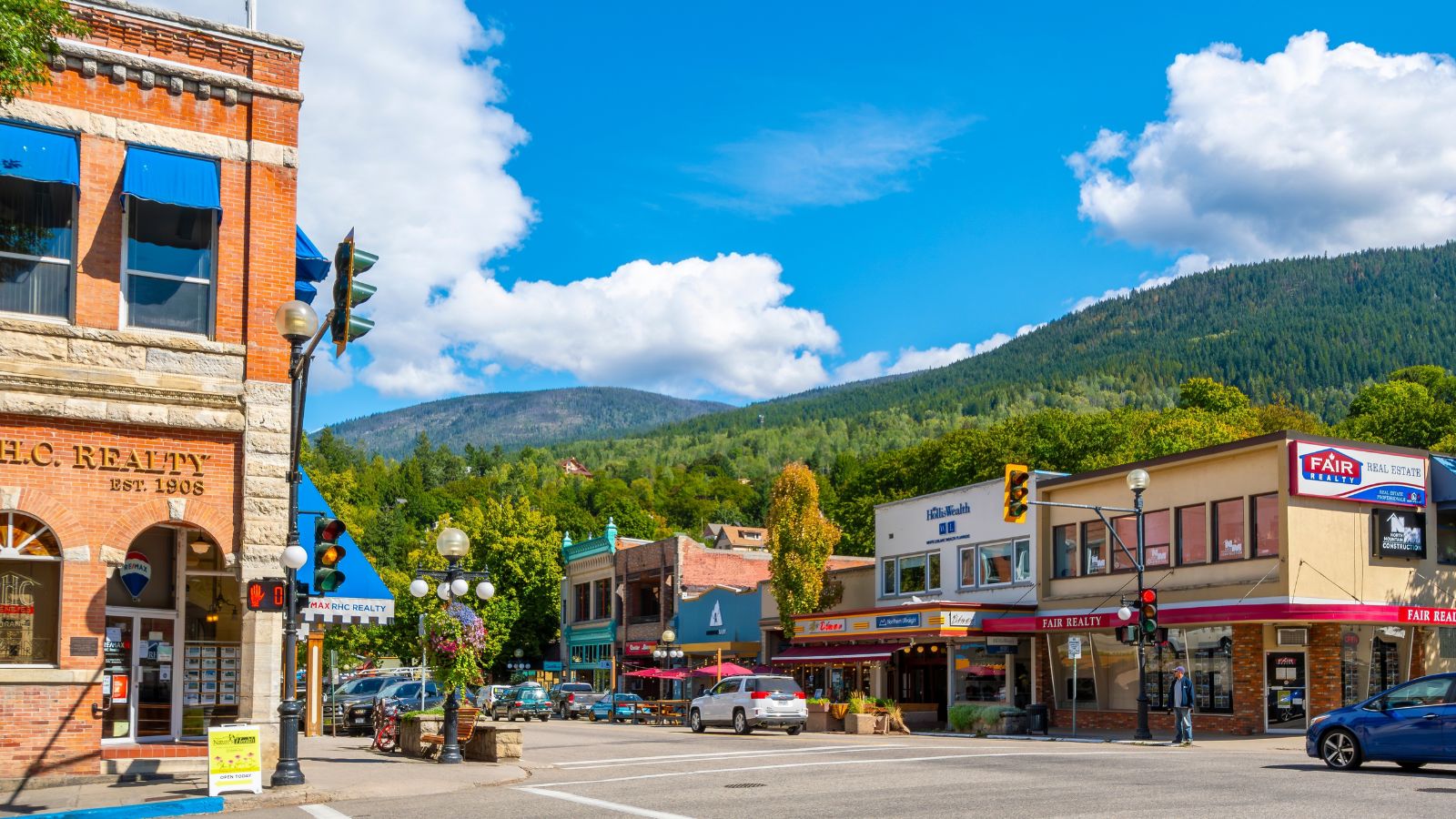
Nestled in the Kootenays, Nelson is a town of fewer than 12,000 residents, but it has gained international renown for its progressive values, independent spirit, and renewable energy experiments. Known as a hub for environmental activism and counterculture creativity, Nelson has been featured globally for its push toward sustainable living, including micro-hydro power and green transportation initiatives. The town’s vibrant art scene, historic architecture, and tight-knit community have turned it into a model for livable cities on a small scale.
Mont-Tremblant, Quebec
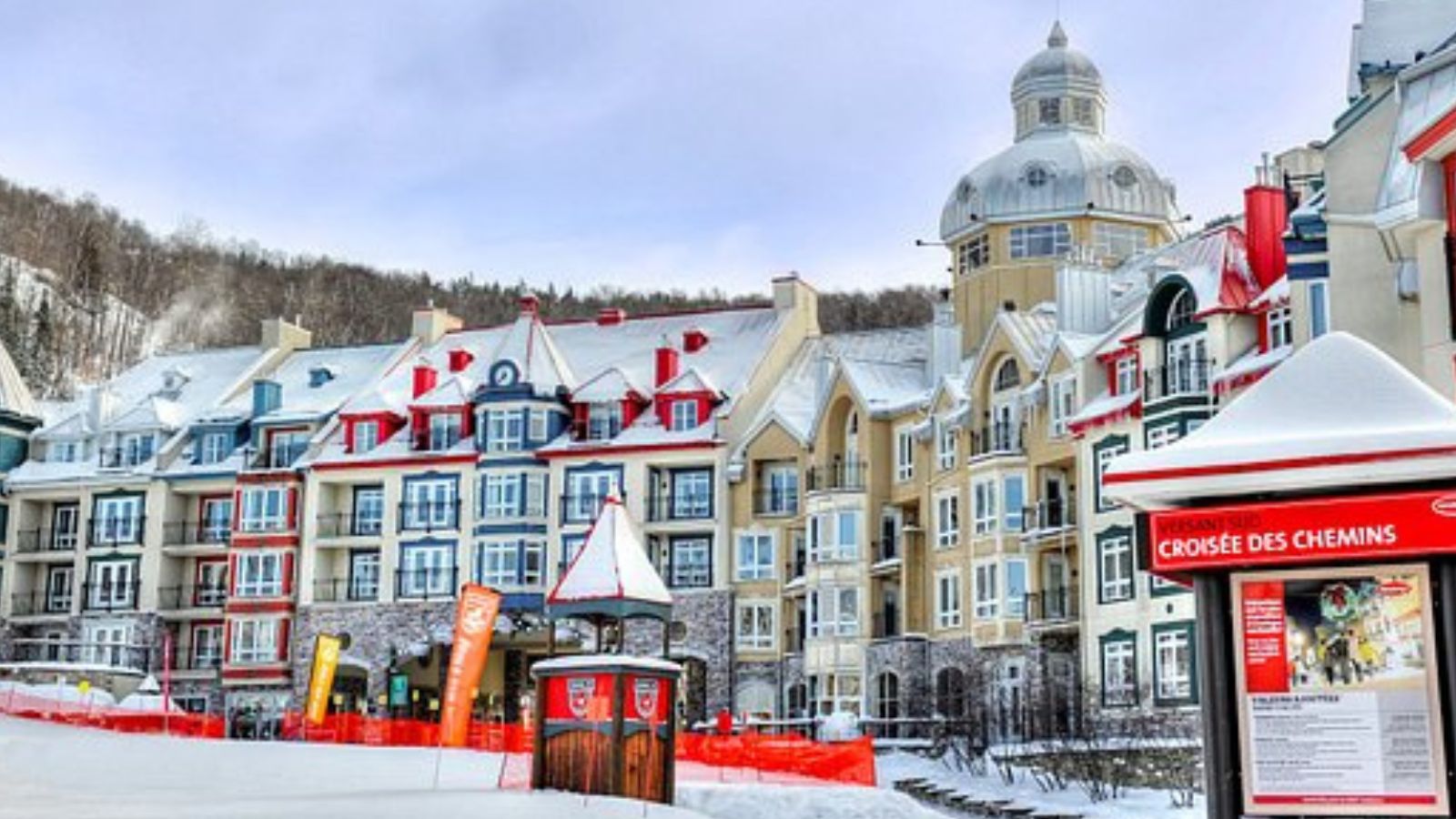
While Mont-Tremblant may be known as a resort destination, this small town has become an international standard-setter for mountain tourism, sustainability, and outdoor recreation. With fewer than 10,000 permanent residents, it welcomes visitors from around the globe for its ski slopes, wellness retreats, and adventure sports. Beyond the tourism draw, Tremblant is part of research on climate adaptation for alpine environments and is involved in UNESCO-supported eco-tourism projects.
Cowichan Bay, British Columbia
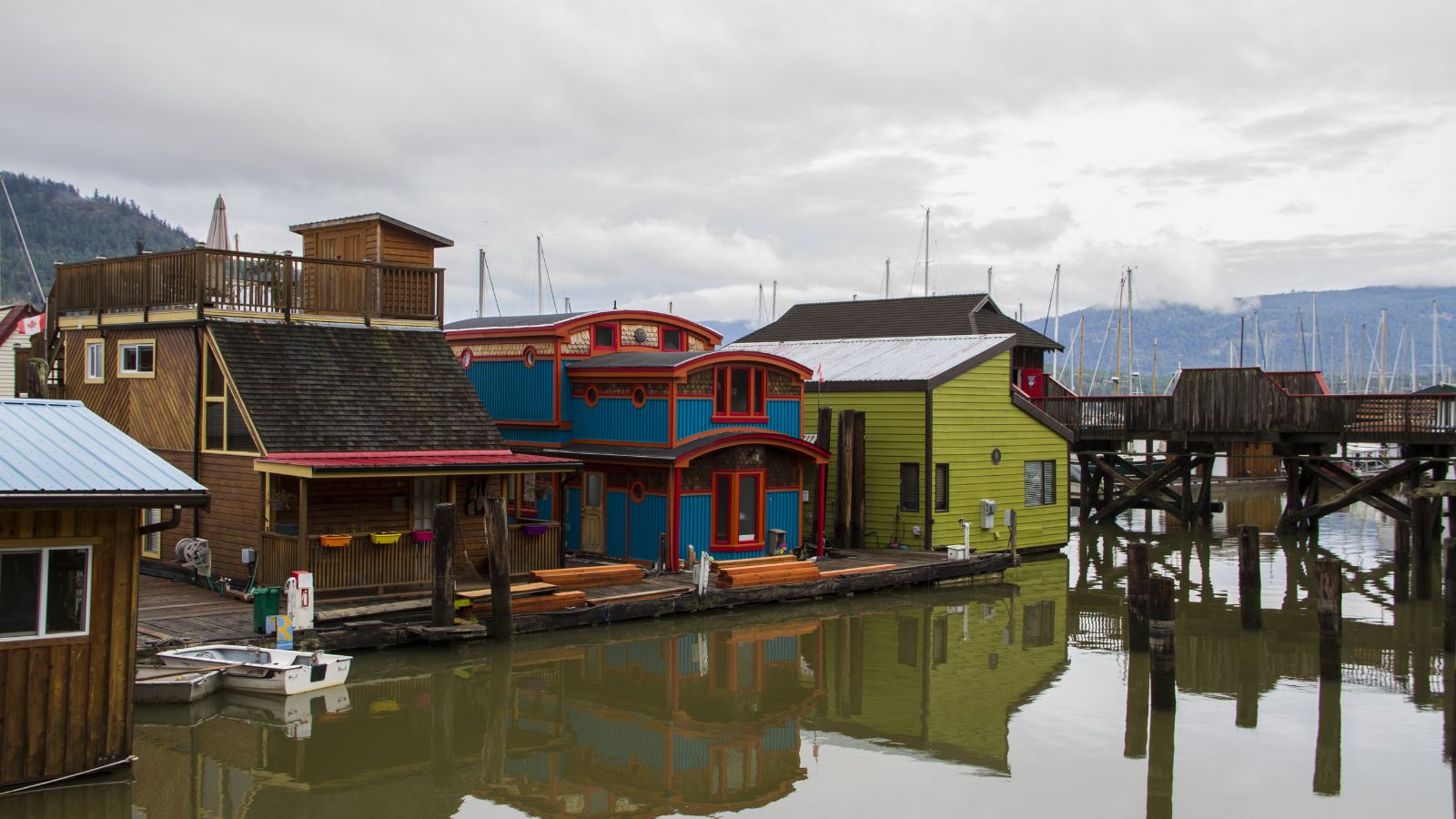
With a population under 3,000, Cowichan Bay became the first North American town to join the international Cittaslow movement, which is an initiative promoting sustainable, community-focused living. This seaside village champions local food systems, eco-conscious development, and slow tourism, attracting global visitors curious about its organic farms, artisan bakeries, and unhurried pace. Cowichan Bay’s commitment to mindful living has made it a global model for how small towns can resist overdevelopment while fostering economic resilience. Its story is regularly featured in international sustainability circles.
Clarenville, Newfoundland and Labrador
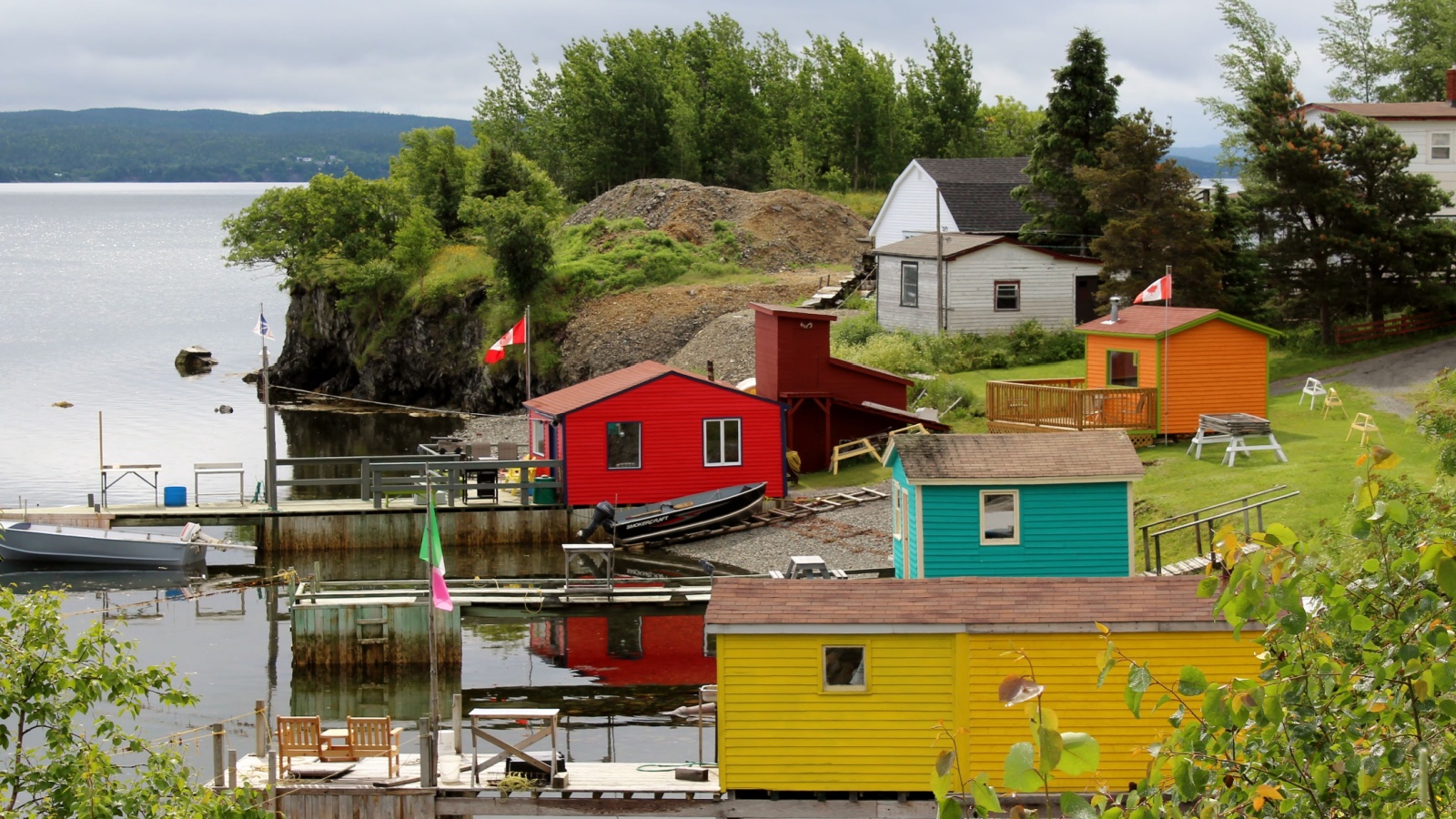
As a hub for Arctic research and sustainable marine engineering, Clarenville has become a quiet influencer in global cold-climate innovation. The town’s shipyards and marine facilities have played key roles in developing ice-capable vessels used by research missions and resource operations around the circumpolar world. Clarenville’s strategic location also makes it a vital support point for transatlantic fiber-optic networks and offshore communications infrastructure.
Olds, Alberta

Olds might not be a household name, but it has had a groundbreaking impact on rural education and innovation. With fewer than 10,000 residents, this prairie town created Canada’s first community-owned broadband network, giving locals internet speeds that rival major cities. Its flagship institution, Olds College, has gained global recognition for its Smart Farm, a cutting-edge research site focused on ag-tech, precision farming, and sustainability. Delegations from around the world visit Olds to study its model of rural revitalization through tech infrastructure and agriculture.
Rankin Inlet, Nunavut

Located on the western shores of Hudson Bay, Rankin Inlet is helping shape the conversation around Arctic sovereignty, Indigenous governance, and environmental adaptation. With a population of about 3,000, it plays a central role in Inuit-led initiatives that integrate traditional knowledge with modern research to address climate change and resource development. Rankin Inlet is home to mining, arts, and infrastructure projects that balance cultural identity with innovation. It is also a center for political and cultural discourse in the North, and it regularly hosts international delegations studying Indigenous leadership in Arctic regions.
Gaspé, Quebec
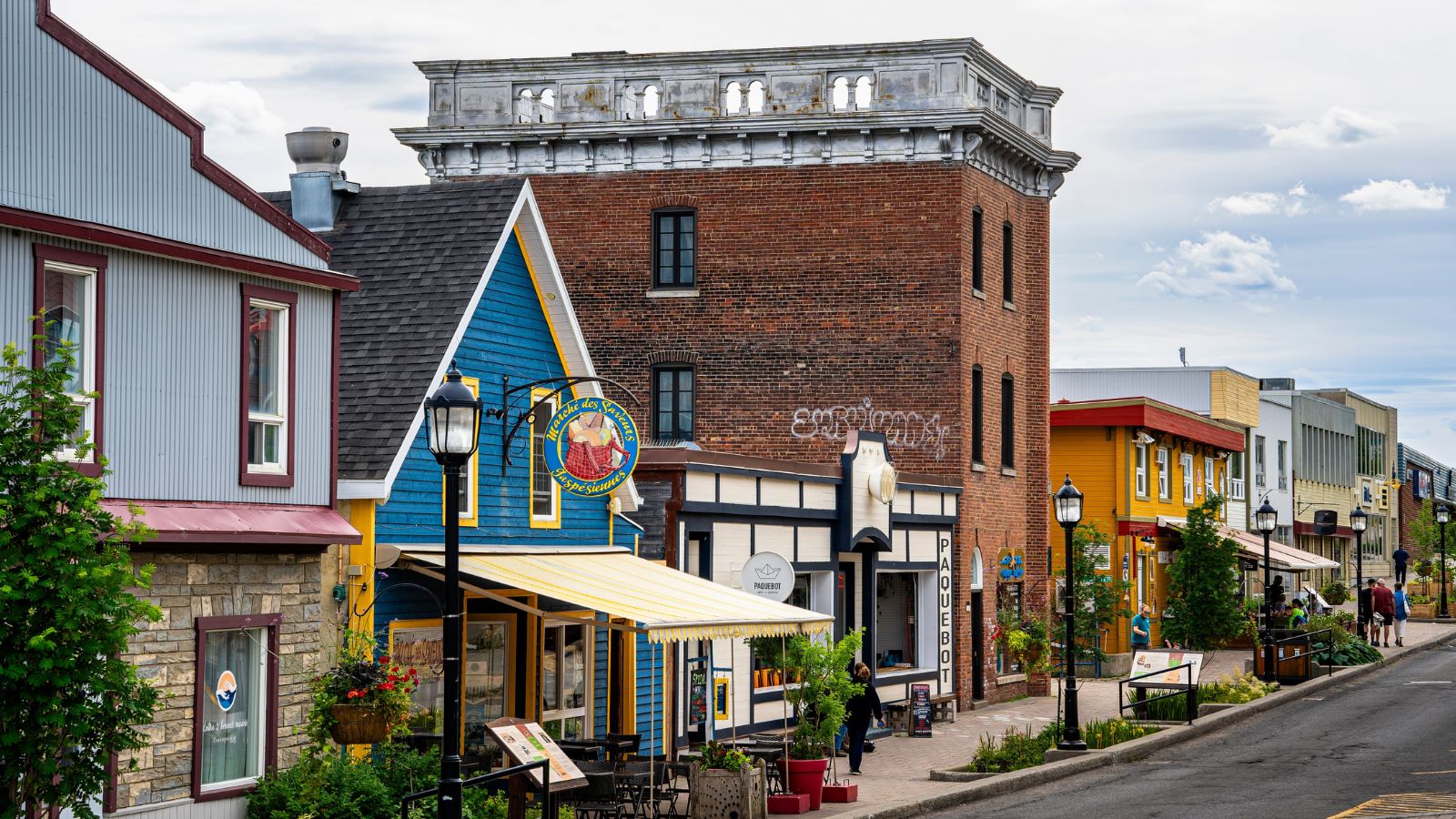
Gaspé, a remote coastal town on the tip of Quebec’s Gaspé Peninsula, has become a surprising leader in renewable energy and sustainable fisheries. With a population under 15,000, Gaspé is home to the TechnoCentre éolien, a major wind energy research facility attracting international partners. The town also leads in ocean conservation efforts, balancing its fishing heritage with marine protection zones and eco-tourism. Its innovations in clean energy and coastal sustainability have drawn attention from environmental groups worldwide.
Wikwemikong, Ontario

Located on Manitoulin Island, Wikwemikong Unceded Territory has become a powerful example of Indigenous-led cultural diplomacy. Through international exchanges, festivals, and partnerships, this Anishinaabe community has helped shape global conversations around language revitalization, land stewardship, and cultural sovereignty. Its youth programs, tourism ventures, and arts organizations have brought visitors and collaborators from as far as New Zealand and Finland.
Baie-Saint-Paul, Quebec
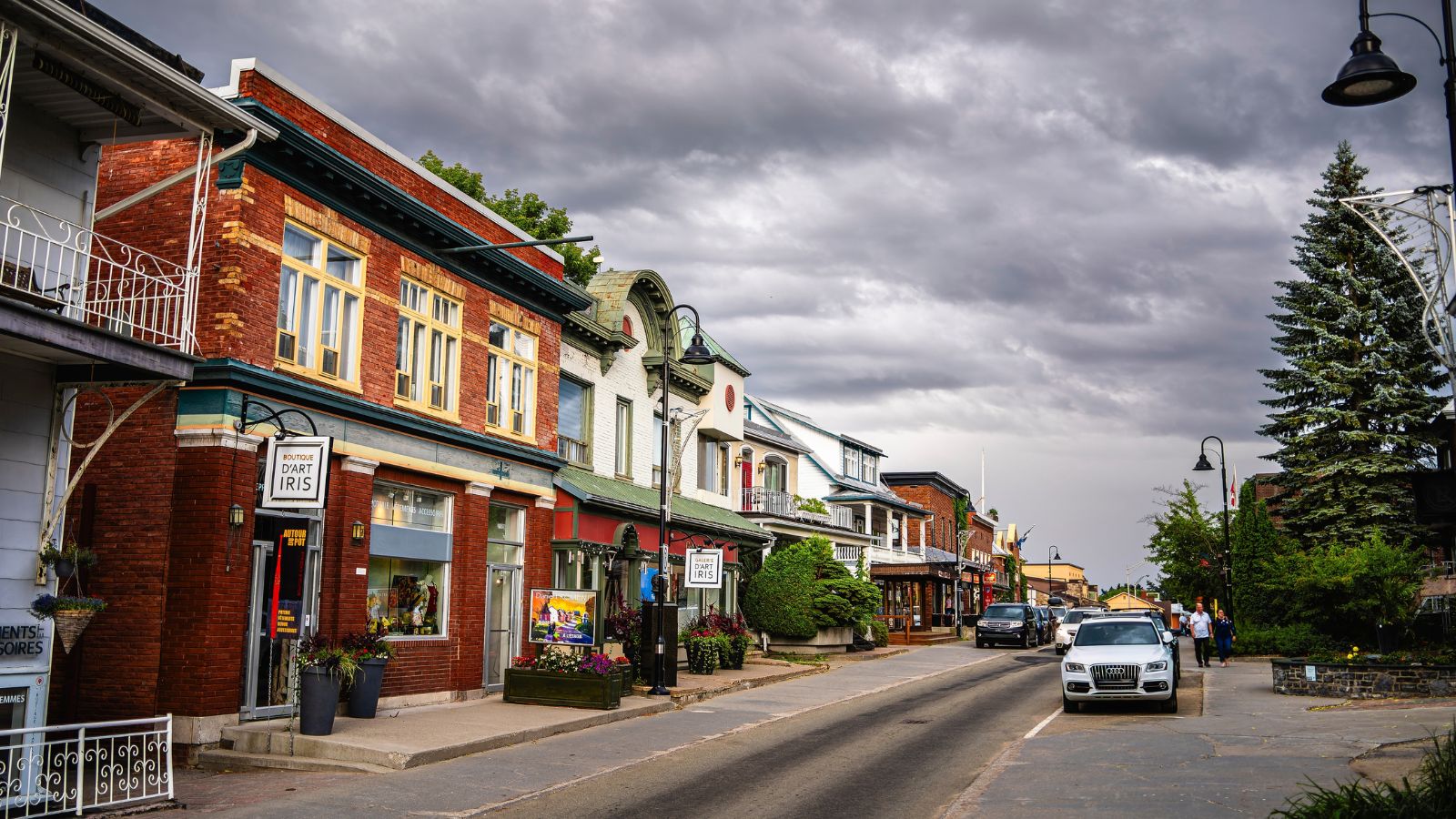
This scenic Charlevoix town may be best known as the birthplace of Cirque du Soleil, but Baie-Saint-Paul’s global impact doesn’t end with entertainment. The town has become a case study in rural arts-based revitalization, with a thriving gallery scene and the annual Symposium of Contemporary Art attracting international creators. It is also a leader in eco-tourism and sustainable regional development, partnering with UNESCO’s biosphere reserve initiatives, which proves that you don’t need a metropolis to influence culture on a global scale.
Summerside, Prince Edward Island
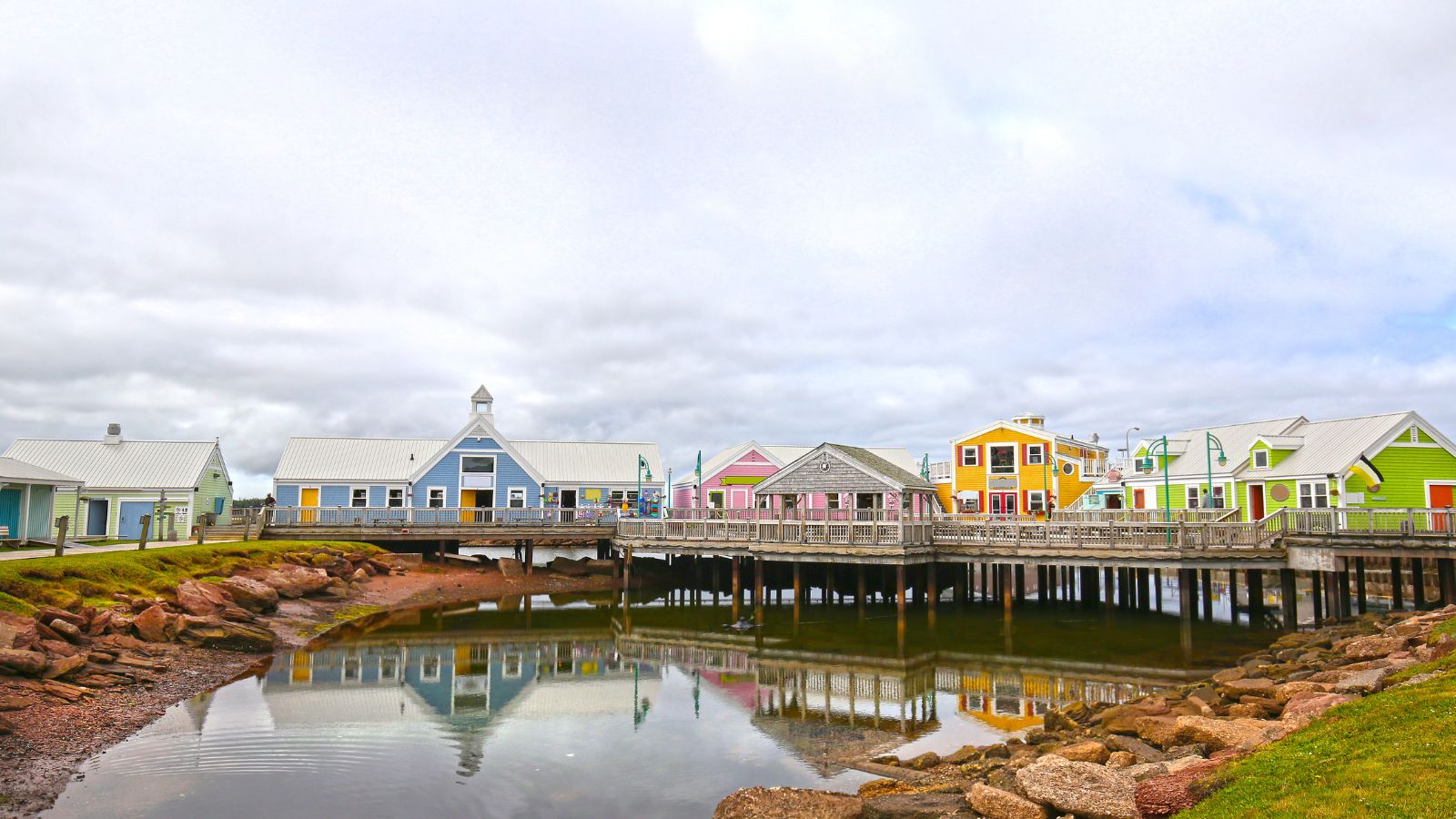
Summerside may be a small maritime town, but it has become a leader in the global shift toward green energy. The town has adopted an ambitious smart grid system, runs its own municipal electric utility, and was one of the first in Canada to integrate large-scale solar and wind into community infrastructure. These forward-thinking policies have caught the attention of city planners from across Europe and Asia. By pairing small-town charm with smart-city tech, Summerside is proving that even modest municipalities can take bold climate action and that innovation doesn’t always come from big urban centers.
St. Andrews, New Brunswick

Often referred to as St. Andrews-by-the-Sea, this coastal town has become a leading force in marine science and sustainable tourism. Home to the Huntsman Marine Science Centre, the town regularly hosts international researchers focused on ocean health, aquaculture, and climate resilience. St. Andrews’ sustainable whale-watching practices and eco-tourism initiatives have been recognized globally, showing how marine-based economies can be both profitable and environmentally responsible.
Stratford, Ontario
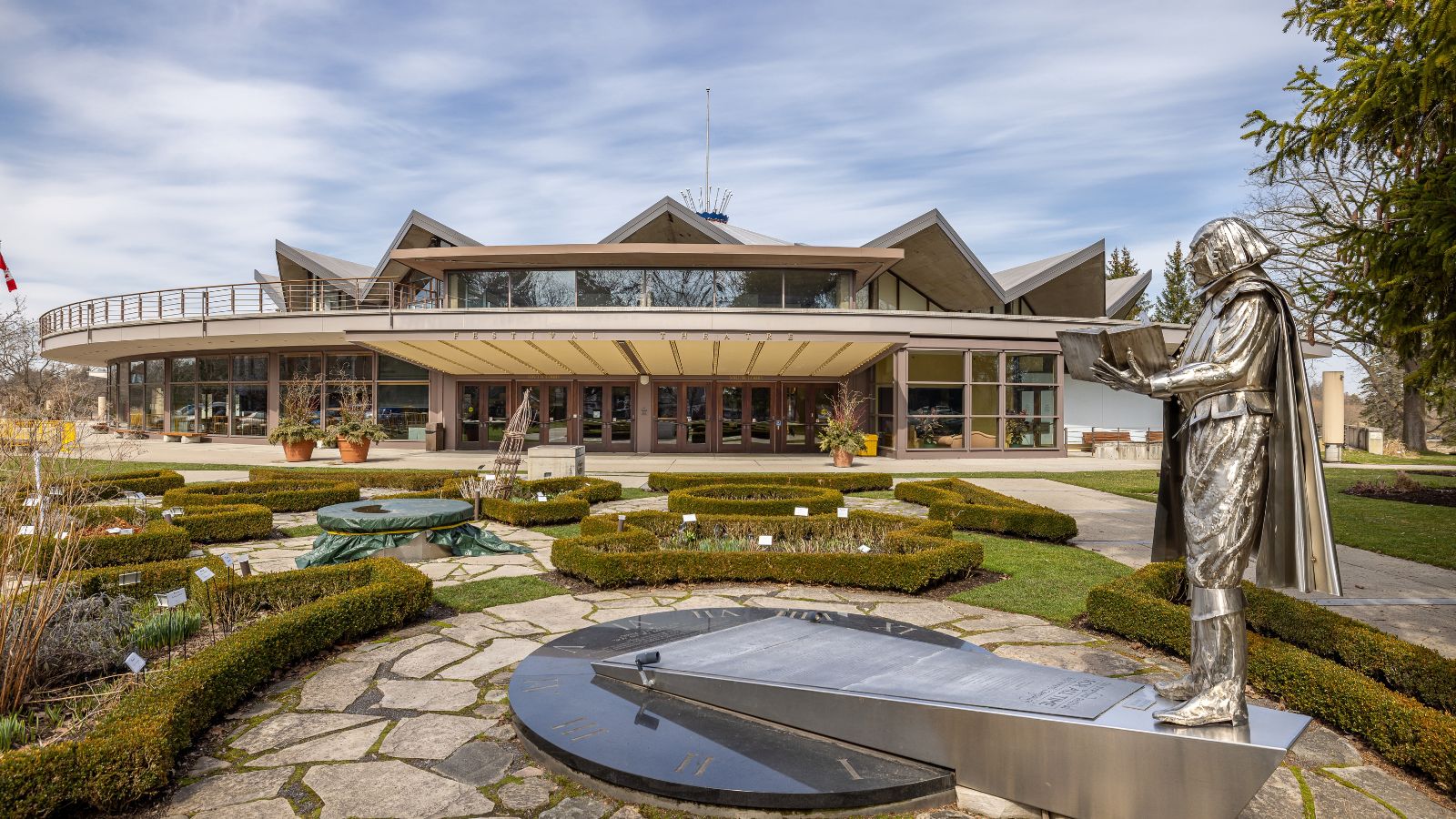
Best known for the world-renowned Stratford Festival, this small city of around 30,000 has made Canadian theater a global cultural force. But Stratford’s impact extends beyond the arts. It is a leader in smart city technology and digital infrastructure, integrating tech-driven solutions into municipal planning and transportation. With a unique combination of cultural richness and digital innovation, Stratford has become a model for mid-sized cities worldwide looking to balance heritage with progress. The town is also cultivating global ties in education and creative tech, proving that cultural capital can fuel economic leadership.
21 Products Canadians Should Stockpile Before Tariffs Hit

If trade tensions escalate between Canada and the U.S., everyday essentials can suddenly disappear or skyrocket in price. Products like pantry basics and tech must-haves that depend on are deeply tied to cross-border supply chains and are likely to face various kinds of disruptions
21 Products Canadians Should Stockpile Before Tariffs Hit
